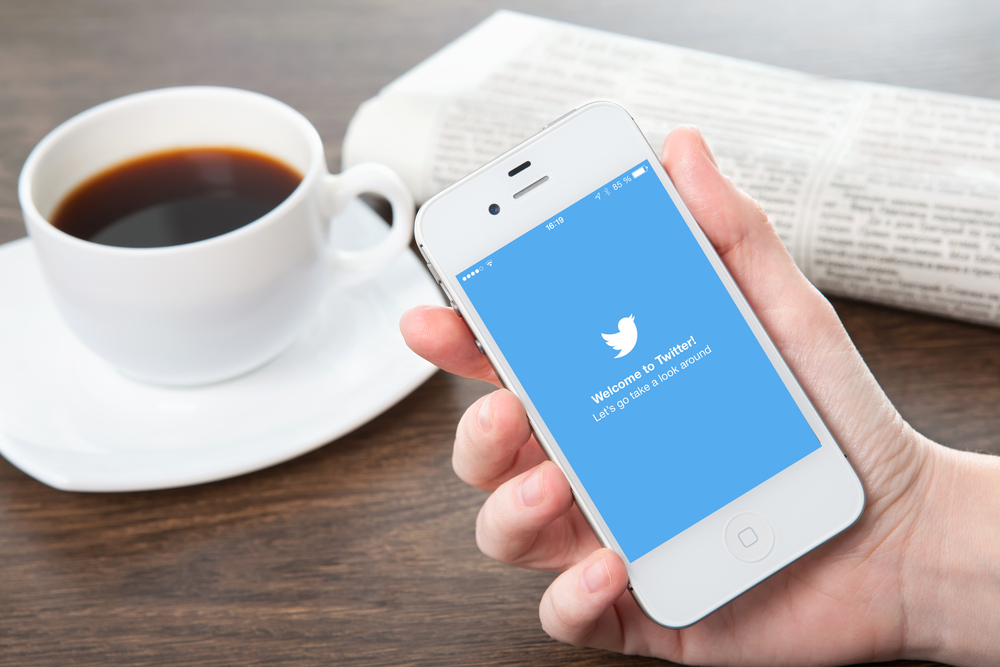

Twitter has begun rolling out grey checkmarks on a large scale for high-profile or official accounts, following a wave of fake accounts that took advantage of a blue checkmark offered to paid Twitter Blue users.
Previously blue checkmarks indicated a high-profile account whose authenticity had been verified by Twitter, but last Wednesday the platform began offering the indicators to anyone who paid a $8 (£7) monthly subscription fee for Twitter Blue.
The blue checkmark made Twitter Blue subsciber accounts appear identical to authenticated accounts, a fact quickly exploited by users who impersonated politicians, businesspeople and companies.
Pharmaceutical giant Eli Lilly was forced to apologise after a fake account with a blue check impersonating the company said the company would make insulin available for free – which is not the case.
Grey checkmarks for official accounts initially began appearing last week before being withdrawn a few hours later, but returned on a large scale over the weekend, essentially serving the same purpose as the old blue checkmarks.
Twitter’s official accounts and those of new Twitter owner Elon Musk and his companies Tesla and SpaceX, as well as a wide range of other high-profile accounts, now all have the grey indicators.
Clicking on the badge takes the user to the message, “This account is verified because it’s notable in government, news, entertainment, or another designated category.”
In a tweet, Musk said organisations would “soon” be able to identify which other Twitter accounts were associated with them.
In another post he added that Twitter would add a “parody” subcription option to clarify which accounts are deliberately parodying high-profile people or groups.
“Twitter feels increasingly alive,” Musk said in a separate tweet.
He had previously said Twitter would do “lots of dumb things in the coming months”, keeping what works and changing what doesn’t.
Meanwhile, at a meeting with advetisers last week Musk began to lay out plans for turning Twitter into a super-app similar to China’s WeChat, which could offer features such as payment processing and even banking services.
He said he wanted to make the app “as useful as possible” rather than simply competing with other social media platforms.
Musk has been involved in online payment services in the past, having helped to found PayPal.
“The more useful and entertaining the system is, the more people will use it,” he said. “If nothing else, I am a technologist and I can make technology go fast.”
More bad news for Google. Second time in less than a year that some part…
Federal office that tackled misinformation and disinformation from hostile nations is closed down, after criticism…
After Nvidia admits it will take $5.5 billion charge as Trump export limits of slower…
Trump continues to target his former CISA head, signing a new executive order targetting Chris…
Two Chinese retailers warn customers in America that prices will increase next week, as Trump's…
Engineer Cristina Balan wins latest round in her long-running defamation claim against Elon Musk's EV…